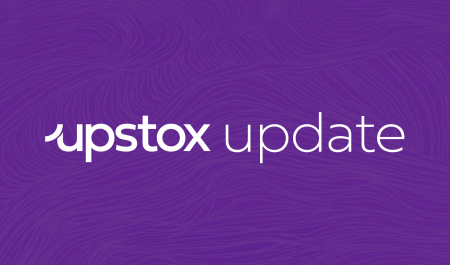In arguably the biggest corporate deal so far this year, housing finance company HDFC will merge with India’s largest private sector lender HDFC Bank. This transformational merger is poised to create a banking sector behemoth, as the over ₹4.74 trillion market cap firm HDFC combines with over ₹9 trillion market cap HDFC Bank.
Both the companies are expected to gain from the merger, as they plan to cross-sell to each other’s large customer base across the nation.
The initial reaction of the market has been positive to the development, as both HDFC and HDFC Bank stocks surged over 10% on the day of the announcement. Additionally, the entire HDFC pack traded in the green, with HDFC Life up around 4%, while HDFC AMC trading up 3%.
Nitty-gritties
As part of the arrangement, HDFC’s shareholding in HDFC Bank will be completely extinguished. Meanwhile, HDFC shareholders will gain 41% shareholding in HDFC Bank.
HDFC shareholders will get 42 shares of HDFC Bank, for every 25 shares they hold in HDFC. The merger is expected to close in about 18 months and is subject to shareholder approvals and regulatory nods from SEBI, the RBI, CCI, IRDAI, and the stock exchanges.
According to market experts, the deal is not expected to face any regulatory hurdles, as merger directives, especially in the NBFC and banking space, have softened over the last few years. Following the deal, the managements of the two companies expect a 7-8% rise in foreign investor holding in the merged entity.
Why the merger?
According to the management of both the companies, the coming together of the entities entails various synergies. HDFC Bank will reach out to HDFC’s customer base to sell banking products. Meanwhile, HDFC will get access to a cheap source of funding, and in effect, reduce its cost of borrowing.
HDFC will also gain from the nationwide reach of HDFC Bank’s branch network. These can be used to sell its own mortgage products. HDFC Bank can also use HDFC’s network to also grow its mortgage (or home loan) book. According to HDFC Bank, its home loan book has grown at a CAGR of about 24.5% in the last 12 months and stands at just over ₹70,000 crore.
HDFC also said in a statement that HDFC Bank’s over 50% branches are situated in semi-urban and rural areas, and this is potentially going to help HDFC capitalize on the rising growth in the affordable housing space.
The management also feels that with the massive balance sheet of the combined entity, the company can underwrite big-ticket infrastructure loans, which is a necessity in a developing nation like India.
What’s the market’s take?
Market experts are mostly positive about the transaction, as it would help scale up the businesses of both companies. The merger will increase competitiveness and create shareholder value, they said.
However, of the two, HDFC will benefit more from the proposed merger since it has a relatively less profitable business and can leverage HDFC Bank to increase product penetration.
This has, in turn, become a negative for HDFC Bank. One expert said the management of the lender will have to prove the upsides of the deal with improvements in operating performance. HDFC Bank, one expert added, has been struggling to digitise its business and improve its mobile app for retail customers. Amid that comes this merger, which could further complicate its operations.



